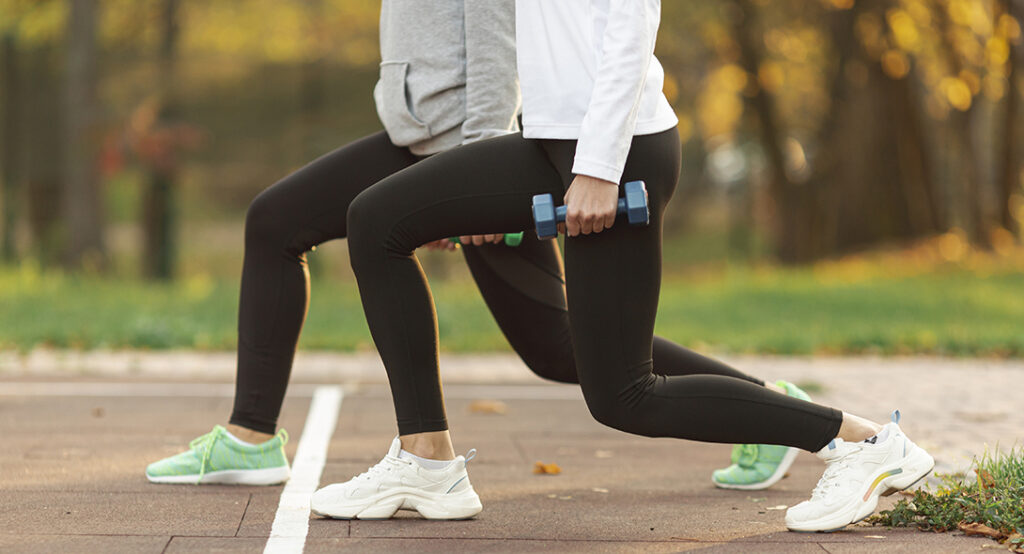As women live through their 40’s, they experience hormonal changes that bring with it consequences. Firstly, I would like to highlight the meaning of “hormone”, it is often described as a signalling molecule produced by glands. So consider them the directors of the body. They decide how to direct our body’s operating system affecting our emotions, food processing, disease fighting, breathing, reproduction, sleep patterns, and so on. So from this conservative list of responsibilities you can appreciate how “hormonal changes” can affect life as we know it.
The changes are often, but not limited to the following:
- Increased risk of osteoporosis
- Changes in how our bodies process food
- Changes in body shape (linked to point above)
- Deterioration in gut microbiome
- Hot flushes
- Bloating
- Mood swings
Many of these changes are due to the reduction of the hormone estrogen, which manages four main departments, Ovaries, Vagina, Uterus and Breasts. An imbalance of estrogen contributes to the majority of symptoms above, as well as other womanly issues such as irregular menstruation, light or heavy bleeding in menstruation, noncancerous lumps in the breast and uterus, low sexual desire, fatigue, depression and anxiety.
Popularly reported, the solution for menopausal imbalance in estrogen is to take a hormone replacement therapy (HRT) for 1-2 years only in order to limit risk of contracting breast and ovarian cancer, and then seek a more natural approach, as symptoms become more manageable, such as homeopathic remedies.
However, there are nutritional solutions that may work for you to help promote the levels of estrogen in the body. Numerous studies across the world have taken controlled groups of women, and tested various diets. The results have commonly concluded that including high levels of fruits and vegetables in the diet helps reduce the symptoms, whilst limiting the amount of fat in the diet. So no hacks, or short cuts, just good eating habits can reduce the pain, psychological effects and discomforts caused by menopause.
In addition to fine tuning your nutrition, exercising at least 3-4 times a week is recommended, and to focus on resistance training to help prevent muscle loss, it is actually possible to build muscle in menopause with the right guidance.
In Summary:
Eat right
Get those foods that are high in phytoestrogens like most fruits and vegetables, but particularly high in phytoestrogens are unprocessed soy products, such as edamame beans, tofu and miso. You’ll also find phytoestrogens in chickpeas, kidney beans, wholegrains, ground flaxseed, pomegranate seeds and berries. Whole steel cut oats support the microbiome due the fiber helps excrete unwanted hormones in the body. Without a healthy amount of fiber the unwanted hormones stay in the body.
Foods to limit:
- Highly processed foods: Bacon, cereal bars, flavoured nuts, margarine, ketchup, frozen dinners
- Alcohol: studies have shown daily alcohol contributes to night sweats
- High sugar foods: biscuits
- High fat foods: fried anything, potato chips, whipped cream, processed meats
- Caffeine: more than 2 cups of coffee a day reduces calcium absorption
- Spicy Foods: Have been observed to contribute to hot flushes, however, scientific evidence is lacking in this area.
- High salt intake: potato chips, flavoured nuts, canned soup, ham.
Exercise right:
50% cardio (of which 80% is slow steady state, 20% high intensity)
50% resistance training, using complex movements that are functional opposed to isolation exercises such as machine based sitting down exercises like hamstring curls and shoulder presses.
So these are the methods I recommend to my clients to combat the annoying side effects caused by the menopause. Please let me know if you want to discuss any issues included in this blog, or you would like to book a free consultation.
Picture credit: Nature photo created by freepik – www.freepik.com

